According to Nikkei Asia , the EU's Forest Regulation (EUDR) is designed to ban the import of seven commodities – livestock, cocoa, coffee, palm oil, rubber, soybeans, and wood products – if they originate from land formed by deforestation after 2020. Importers will have to provide "convincing and verifiable information" about their supply chains, including geographic data on product origin. Compliance with the EUDR will become mandatory by December 2024 for large companies and by June 2025 for smaller companies.
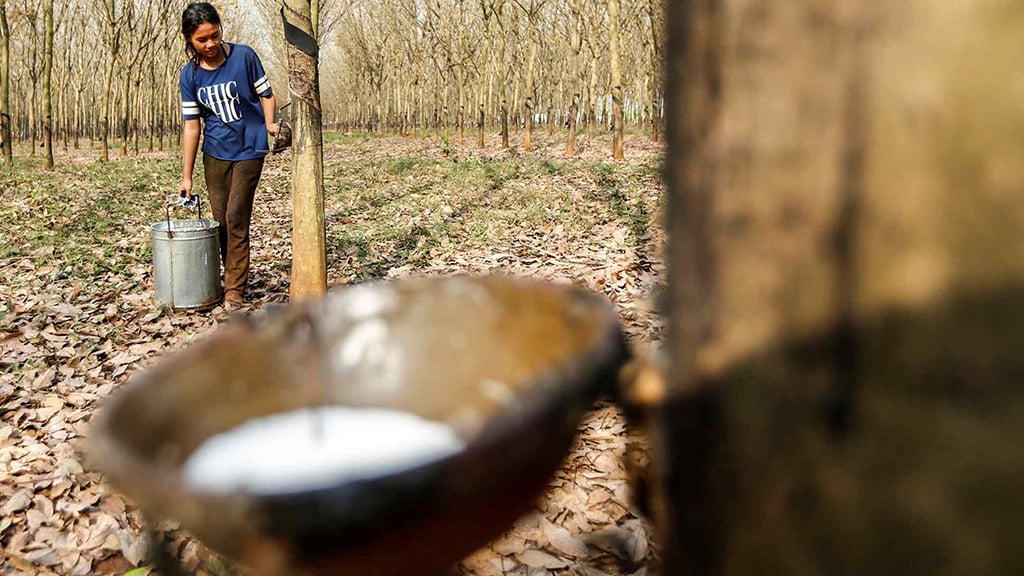
A rubber plantation in Cambodia
Regional response
Some experts argue that the concern for Southeast Asia is that the EUDR will severely harm small-scale farmers while failing to adequately consider the role of rubber in deforestation. "The risk is that small producers will essentially be kicked out of the market because there are too many requirements and too much effort is needed to monitor and trace the rubber they produce," Nikkei Asia quoted Jean-Christophe Diepart, a Cambodian agronomist, as saying.
Similar concerns are growing in Malaysia. They have been negotiating with the EU on the EUDR alongside Indonesia, as both are worried about the impact on their palm oil industry. However, Malaysia's $2 billion rubber export industry is also affected. According to the Malaysian Rubber Board, the country exports about 17% of its rubber products to the EU, its largest market after the US. Approximately 93% of the country's rubber plantations are controlled by smallholder farmers.
In March, rubber farmers in Malaysia joined oil palm growers in a petition to the EU protesting the "unilateral and unrealistic" requirements of the EUDR, arguing that the regulation would exclude smallholders from the European market and exacerbate rural poverty.
Meanwhile, Thailand, the world's largest producer and exporter of rubber, is seeking to comply with the EUDR. Authorities in Thailand have established a national platform to help the country's more than 5 million farmers meet the traceability requirements.
An impossible mission?
According to research by the US-based Forest Trends organization, compliance with the EUDR (EU Development and Regulation Act) is a major challenge for Southeast Asian countries, including Vietnam. The organization states that when rubber from Cambodia and Laos enters Vietnam, it is often mixed with local rubber, making traceability "almost impossible".
Expert Diepart shared a similar view, stating that in Cambodia, even basic information like the area of rubber plantations is inaccurate, making it nearly impossible to trace the origin of the entire supply chain.
There are also arguments that addressing the environmental damage caused by the rubber boom is too late, as that boom ended with a sharp drop in prices a decade ago. For example, in Cambodia, rubber was considered the main cause of deforestation until around 2012 or 2013, while now the main cause is the expansion of cashew cultivation, according to expert Diepart.
Another issue for producers in the region, large or small, is who will pay the increased costs from complying with the EUDR. Vorathep Wongsasuthikul, chairman of the Rubber Group of Thailand, said that building a system that allows customers to trace their products would drive up production costs by 10%.
New research on deforestation for rubber plantations.
The area of forest lost to rubber production in Southeast Asia may be two to three times higher than previously estimated, according to research published in the journal Nature in mid-October. Based on high-resolution satellite imagery, researchers concluded that more than 4 million hectares of forest have been destroyed to plant rubber since 1993, with two-thirds of that in Indonesia, Thailand, and Malaysia. Considering the broader region, including China's major rubber-producing provinces of Yunnan and Hainan, the area of land planted with rubber has increased from 10 million hectares in 2020 to 14 million hectares in 2023.
Source link



![[Image] The tenacious fighting spirit of Vietnamese women's football](/_next/image?url=https%3A%2F%2Fvphoto.vietnam.vn%2Fthumb%2F1200x675%2Fvietnam%2Fresource%2FIMAGE%2F2025%2F12%2F17%2F1765990260956_ndo_br_4224760955870434771-copy-jpg.webp&w=3840&q=75)
![[Photo] Prime Minister Pham Minh Chinh receives the Governor of Tochigi Province (Japan)](/_next/image?url=https%3A%2F%2Fvphoto.vietnam.vn%2Fthumb%2F1200x675%2Fvietnam%2Fresource%2FIMAGE%2F2025%2F12%2F16%2F1765892133176_dsc-8082-6425-jpg.webp&w=3840&q=75)
![[Live] 2025 Community Action Awards Gala](/_next/image?url=https%3A%2F%2Fvphoto.vietnam.vn%2Fthumb%2F1200x675%2Fvietnam%2Fresource%2FIMAGE%2F2025%2F12%2F16%2F1765899631650_ndo_tr_z7334013144784-9f9fe10a6d63584c85aff40f2957c250-jpg.webp&w=3840&q=75)
![[Image] Leaked images ahead of the 2025 Community Action Awards gala.](/_next/image?url=https%3A%2F%2Fvphoto.vietnam.vn%2Fthumb%2F1200x675%2Fvietnam%2Fresource%2FIMAGE%2F2025%2F12%2F16%2F1765882828720_ndo_br_thiet-ke-chua-co-ten-45-png.webp&w=3840&q=75)
![[Photo] Prime Minister Pham Minh Chinh receives Lao Minister of Education and Sports Thongsalith Mangnormek](/_next/image?url=https%3A%2F%2Fvphoto.vietnam.vn%2Fthumb%2F1200x675%2Fvietnam%2Fresource%2FIMAGE%2F2025%2F12%2F16%2F1765876834721_dsc-7519-jpg.webp&w=3840&q=75)




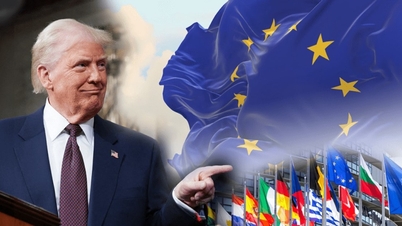

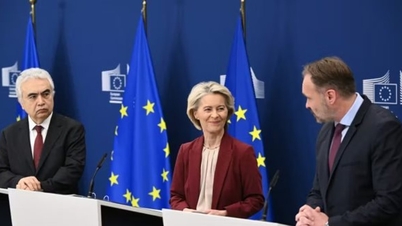
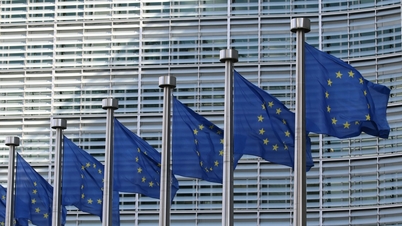
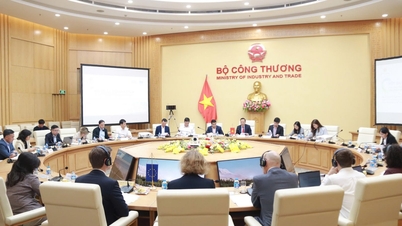







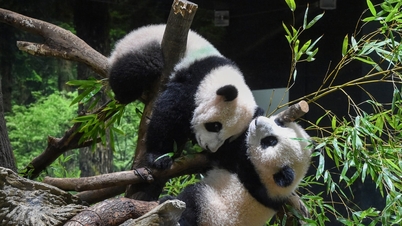


















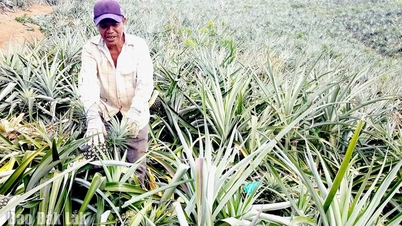































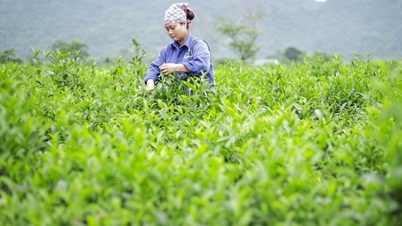


![[Live] Closing Ceremony and Award Presentation for the "Impressive Vietnam Tourism" Video/Clip Creation Contest 2025](https://vphoto.vietnam.vn/thumb/402x226/vietnam/resource/IMAGE/2025/12/17/1765974650260_z7273498850699-00d2fd6b0972cb39494cfa2559bf85ac-1765959338756946072104-627-0-1338-1138-crop-1765959347256801551121.jpeg)

























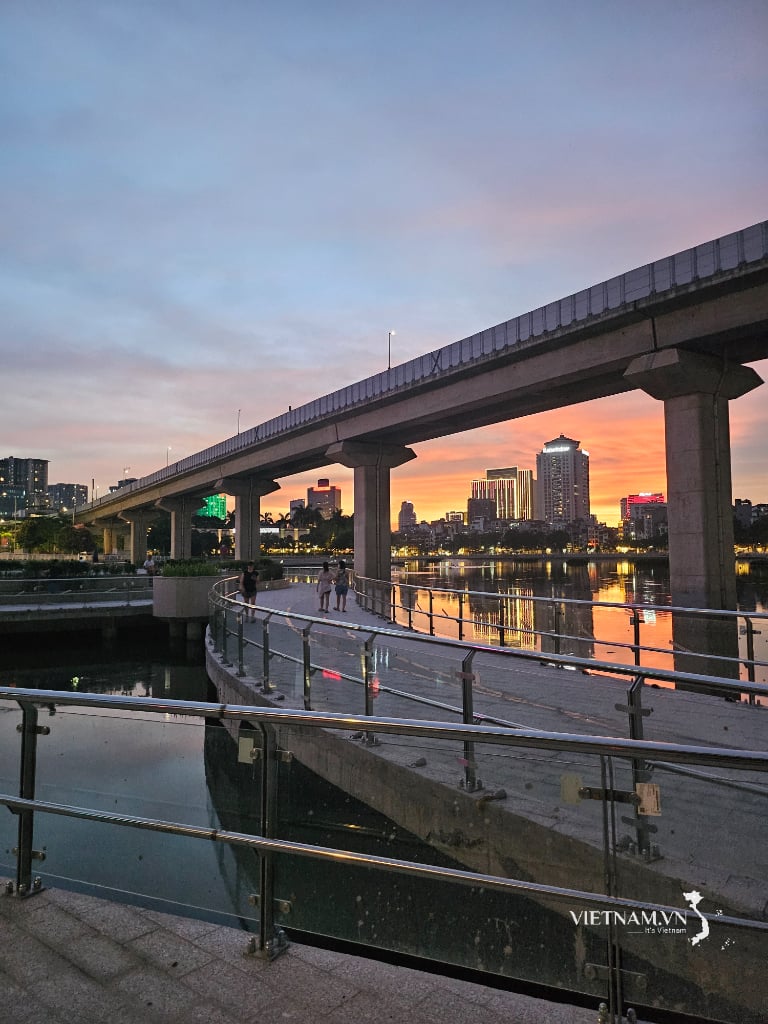
Comment (0)